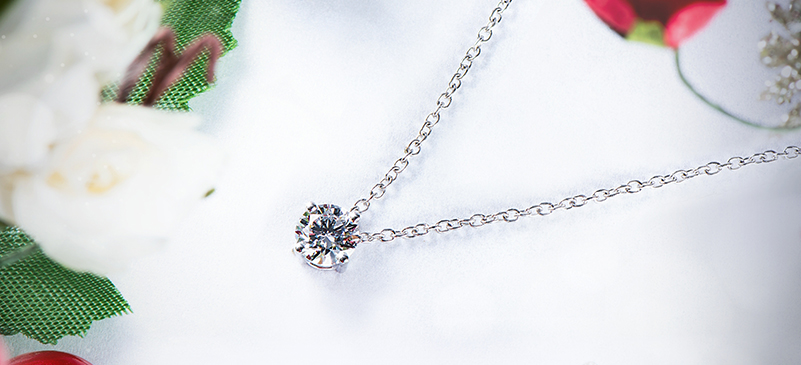Unearthing the Truth Behind Blood Diamonds: A Tale of Greed, Conflict, and Hope
Introduction: Shrouded in Darkness
In the world of luxury and glamour, there exists a dark underbelly – the realm of 블러드다이아몬드. These precious stones, tainted by human suffering and conflict, carry a legacy of pain and exploitation. But what exactly are blood diamonds? How do they find their way into the market? And what can be done to combat this sinister trade?
1. The Genesis of Blood Diamonds
Origins in Conflict Zones
Blood diamonds, also known as conflict diamonds, originate from regions torn apart by civil unrest and war. Countries like Sierra Leone, Angola, and the Democratic Republic of Congo have been notorious hotspots for diamond-fueled conflicts, where rebel groups exploit local miners and communities to fund their insurgencies.
Exploitation of Innocence
One of the most tragic aspects of the blood diamond trade is the exploitation of innocent civilians, including children. Forced labor, coercion, and violence are rampant in diamond mines controlled by warlords and rebel factions, leaving a trail of suffering in their wake.
2. The Journey from Mine to Market
Smuggling and Laundering
Once extracted from the earth under horrific conditions, blood diamonds undergo a clandestine journey to conceal their origins. Smugglers and middlemen facilitate the illegal trade, laundering these tainted gems through legitimate channels to enter the global market undetected.
Complicity of the Diamond Industry
Despite efforts to regulate the diamond trade through initiatives like the Kimberley Process, loopholes and corruption persist. Some argue that the industry’s focus on profits outweighs its commitment to ethical sourcing, allowing blood diamonds to infiltrate supply chains with impunity.
3. The Human Cost of Glittering Stones
Lives Lost and Communities Shattered
Behind every polished diamond lies a trail of destruction. From lives lost in conflicts fueled by diamond profits to communities ravaged by environmental degradation and social upheaval, the human cost of blood diamonds is immeasurable.
Generational Trauma and Poverty
The impact of the blood diamond trade extends far beyond the immediate victims, perpetuating generational cycles of trauma and poverty. Entire communities are trapped in a vicious cycle of exploitation, with little hope for a better future.
4. Towards Ethical Diamond Sourcing
Consumer Awareness and Advocacy
As consumers, we hold the power to drive change in the diamond industry. By demanding transparency and ethical sourcing practices, we can pressure companies to prioritize human rights and environmental stewardship over profits.
Supporting Ethical Alternatives
In recent years, initiatives like fair trade diamonds and lab-grown alternatives have emerged as ethical alternatives to traditional mining. By supporting these initiatives man made diamonds, we can contribute to a more sustainable and humane diamond industry.
Conclusion: A Call to Action
Blood diamonds may have cast a shadow over the diamond industry, but there is hope on the horizon. Through collective action and advocacy, we can shine a light on the dark corners of the diamond trade and pave the way for a future where every diamond tells a story of beauty, not blood.
As we navigate the complexities of the diamond industry, let us remember that behind every glittering stone lies a human story – one of resilience, courage, and hope for a brighter tomorrow.





